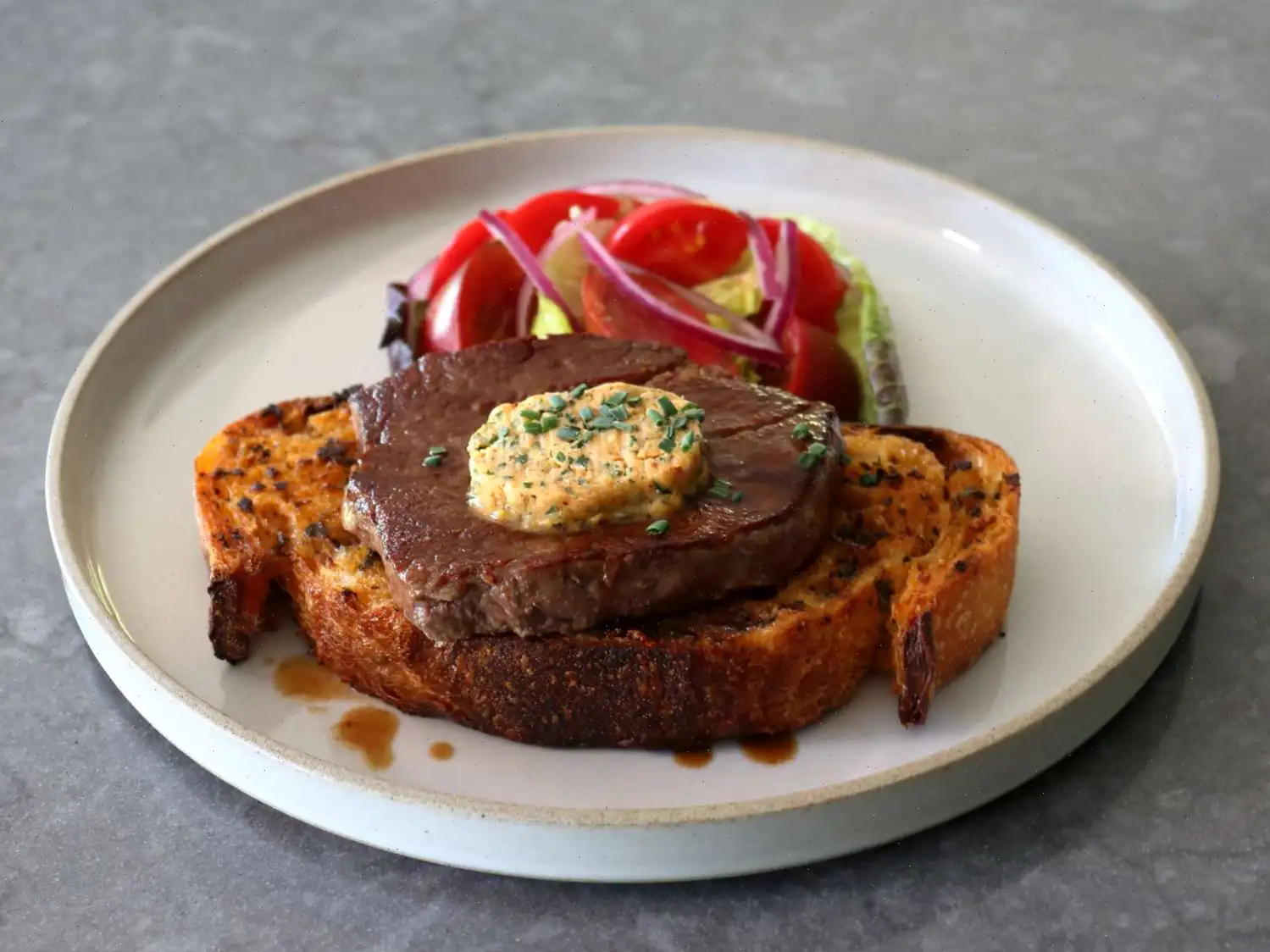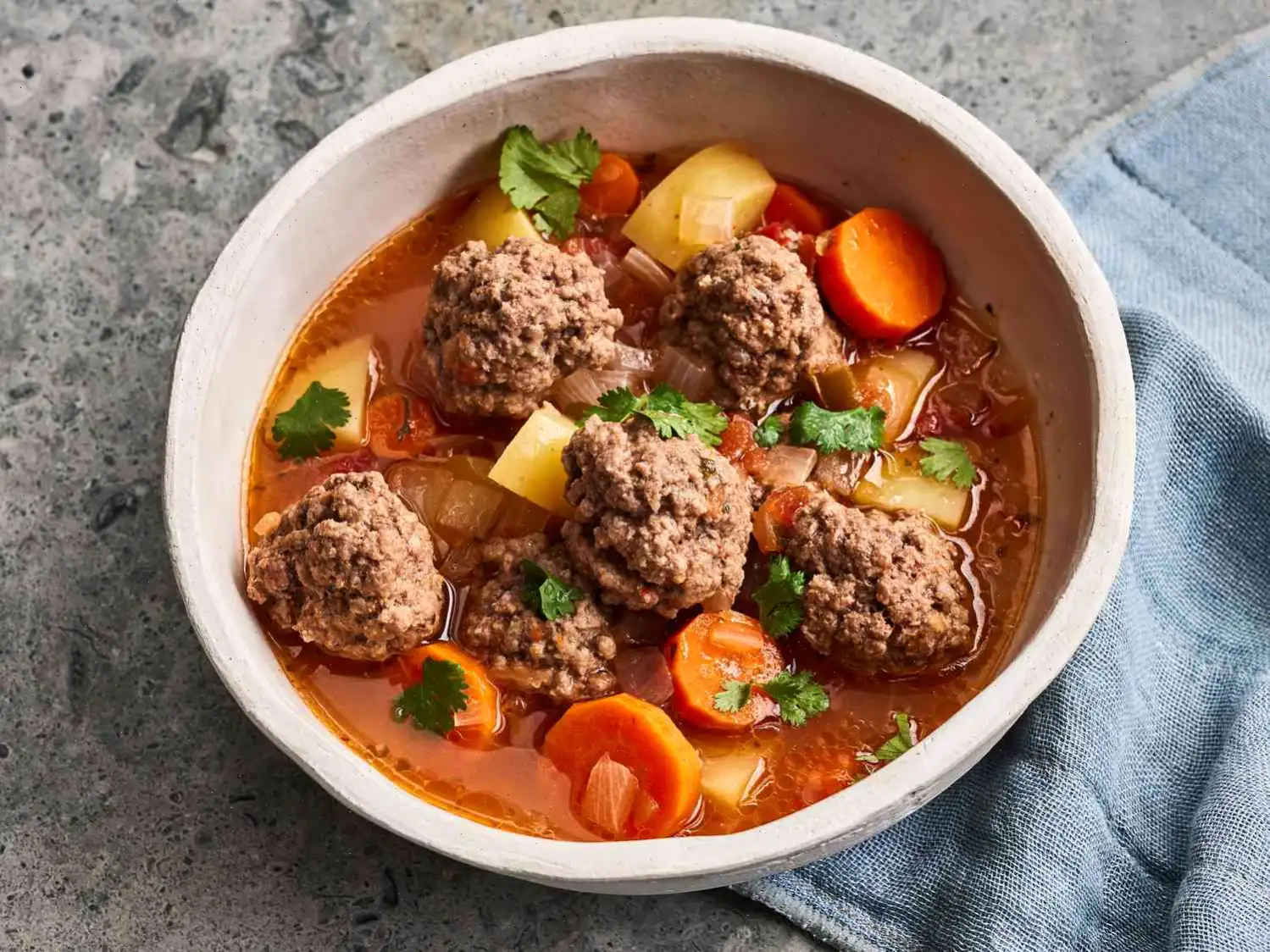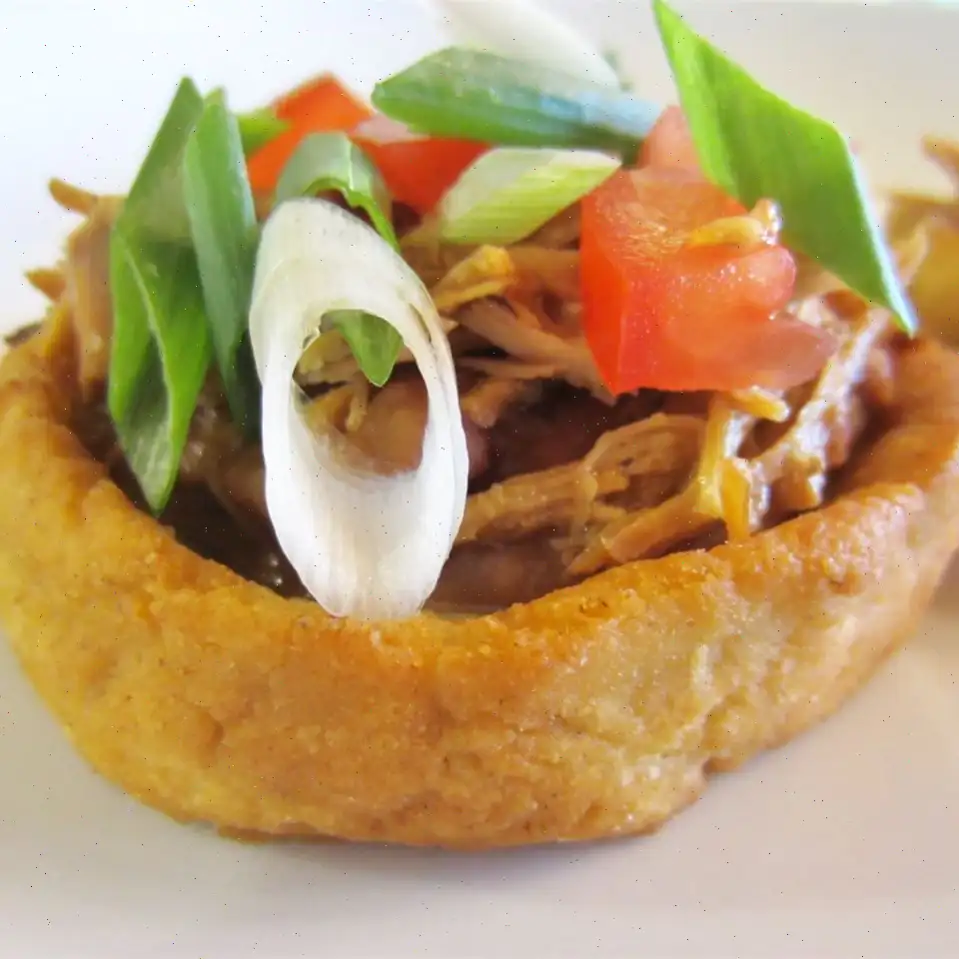
Best Ever Ceviche Recipe
Ingredients
This recipe yields 6 servings.
- 1/3 cup finely diced red bell pepper
- 1/3 cup minced red onion
- 2 jalapenos, minced
- 1/3 cup finely diced tomato
- 1/3 cup finely diced seeded cucumber
- 1/2 mango, finely diced
- 1 pound sea bass, cut into 1/2-inch cubes
- 2/3 cup fresh lime juice (from about 4 limes)
- 3/4 teaspoon kosher salt
- 2 tablespoons extra virgin olive oil
- 3 tablespoons finely chopped cilantro
- 1 avocado, cut into 1/2-inch cubes
- Fresh tortilla chips for serving
Directions
- In a large mixing bowl, combine the red bell pepper, red onion, jalapenos, tomato, cucumber, mango, and sea bass.
- Pour in the fresh lime juice and toss the mixture gently to ensure the ingredients are well-coated.
- Refrigerate the bowl for 12 minutes, stirring the mixture every 4 minutes to keep the flavors blending.
- After 12 minutes, stir in the kosher salt, extra virgin olive oil, and chopped cilantro. Mix thoroughly.
- Carefully fold in the diced avocado, taking care not to mash the pieces.
- Serve immediately with fresh tortilla chips or tostadas for a delightful crunch.
Nutrition Facts
Per Serving (6 servings total):
- Calories: 352
- Total Fat: 19g (24% Daily Value)
- Saturated Fat: 3g (15% Daily Value)
- Cholesterol: 40mg (13% Daily Value)
- Sodium: 266mg (12% Daily Value)
- Total Carbohydrate: 29g (10% Daily Value)
- Dietary Fiber: 7g (25% Daily Value)
- Total Sugars: 11g
- Protein: 21g (42% Daily Value)
- Vitamin C: 59mg (65% Daily Value)
- Calcium: 51mg (4% Daily Value)
- Iron: 1mg (7% Daily Value)
- Potassium: 830mg (18% Daily Value)
* Percent Daily Values are based on a 2,000 calorie diet. Your daily values may be higher or lower depending on your calorie needs.

History of Ceviche
Ceviche is a dish that has a rich history in Latin American cuisine. Its roots are believed to go back to pre-Columbian times, where indigenous cultures like the Incas and the Aztecs prepared raw fish with acidic substances, such as fermented corn or native fruits, which were used to cure the fish. The modern version of ceviche, with lime or lemon juice as the curing agent, is thought to have originated in Peru, where it is still considered a national dish.
Over time, ceviche spread to other parts of Latin America and the Caribbean, where it was adapted to local tastes and ingredients. Each region has its own spin on the dish, incorporating various types of fish, fruits, and vegetables, but the one constant is the fresh, tangy, and vibrant flavor that defines this beloved dish.
Regional Variations of Ceviche
Ceviche has many regional variations, each reflecting the unique local ingredients and culinary traditions. In Peru, ceviche is often made with firm white fish, such as sea bass, and is served with sides like sweet potato and corn. It is also accompanied by a spicy rocoto pepper sauce. In Mexico, ceviche is commonly made with shrimp or fish and mixed with tomatoes, onions, cilantro, and avocado. Some versions include fruits like mango or pineapple for a sweet contrast to the savory fish. In Ecuador, ceviche is often served with popcorn or toasted corn on the side, adding a delightful crunch to the dish.
Each country and region has perfected ceviche to suit its local palate, and every version is equally delicious, making it one of the most versatile dishes in Latin American cuisine.
How Ceviche Differs from Similar Dishes
Ceviche is often compared to other dishes that feature raw fish, such as sushi or poke, but there are notable differences. The main distinction is the method of preparation. Unlike sushi, where raw fish is typically served with rice and seasonings, ceviche uses acidic citrus juice to cook the fish. This process denatures the proteins in the fish, making it safe to eat while retaining a firm, fresh texture.
Poke, a Hawaiian dish, also uses raw fish but usually involves marinating the fish in soy sauce, sesame oil, and other seasonings rather than using citrus juice to cook it. While poke tends to be more savory with Asian-inspired flavors, ceviche is characterized by its bright, tangy, and often spicy taste.
Where Ceviche is Typically Served
Ceviche is a popular dish served in coastal regions throughout Latin America and the Caribbean, where fresh fish is abundant. It is typically enjoyed as an appetizer or light main course, especially in hot climates, where its refreshing qualities are perfect for cooling off on a warm day. In Peru, its commonly eaten for lunch, and in many coastal countries, ceviche is a popular choice for celebrations and social gatherings.
In the United States, ceviche is often served in restaurants that specialize in Latin American cuisine, particularly those near the coast, where fresh seafood is readily available. Its also a common dish at summer parties and gatherings, where its served with tortilla chips, tostadas, or crackers.
Interesting Facts About Ceviche
- The Peruvian government declared ceviche to be the country's national dish in 2004, and it is so important to their culture that they have a National Ceviche Day on June 28th each year.
- Ceviche is believed to have health benefits, particularly for digestion, thanks to the high vitamin C content in lime juice. Its also a low-calorie, high-protein dish that makes for a healthy, light meal.
- In some regions, ceviche is traditionally served as part of a hangover cure, due to its refreshing nature and ability to rehydrate the body with its citrus and salty components.
- The acidity of lime juice "cooks" the fish, but it doesnt kill bacteria as heat does. This is why its important to use the freshest fish possible when making ceviche.
Conclusion
Ceviche is more than just a dish; its a cultural staple that embodies the vibrant flavors and rich traditions of Latin American cuisine. Whether served in its traditional form or with regional twists, ceviche continues to captivate food lovers worldwide with its unique balance of freshness, acidity, and spice. The Best Ever Ceviche recipe, with its combination of sea bass, avocado, and a touch of mango, brings these elements together in the perfect dish for any occasion.
FAQ about Best Ever Ceviche Recipe
Comments
Jerry Nelson
11/29/2022 10:29:08 PM
I prepared this dish using fresh ono and it was unbelievably delicious. I plan to purchase ono from the market weekly to recreate this dish. It's an ideal choice for a pupus night. I decided to enhance the flavor by adding a bit more lime juice at the end, ensuring every piece of fish absorbed it. To preserve the small amount of leftovers, I strained the juices to prevent the fish from becoming soggy. Surprisingly, it tasted just as delightful the following day.








